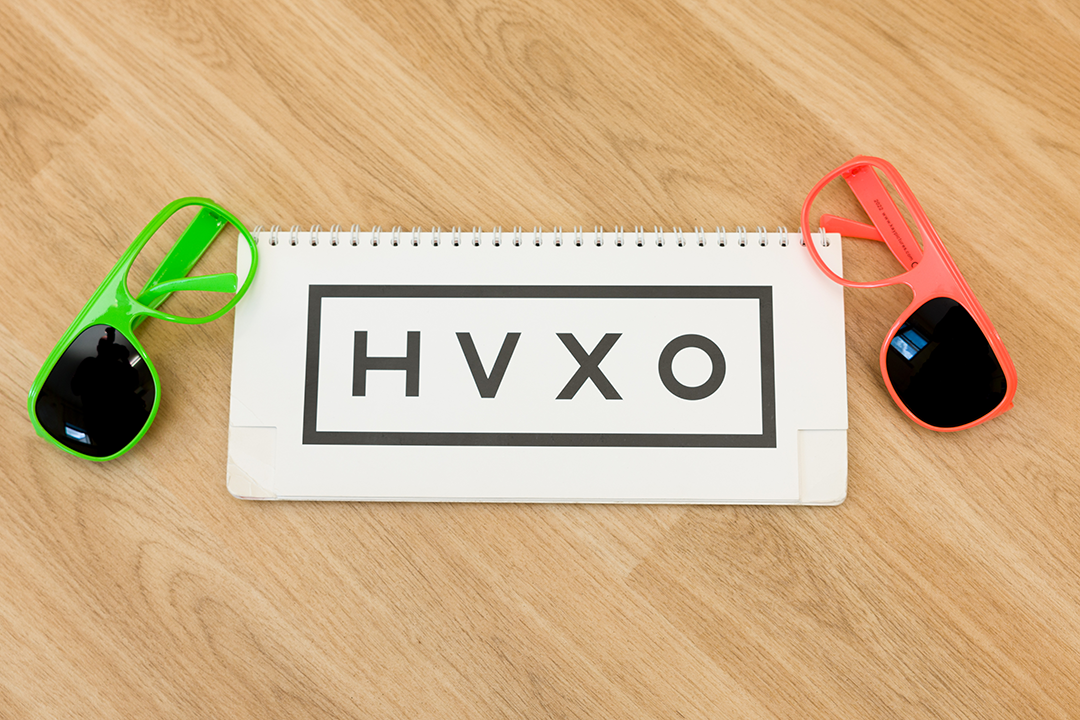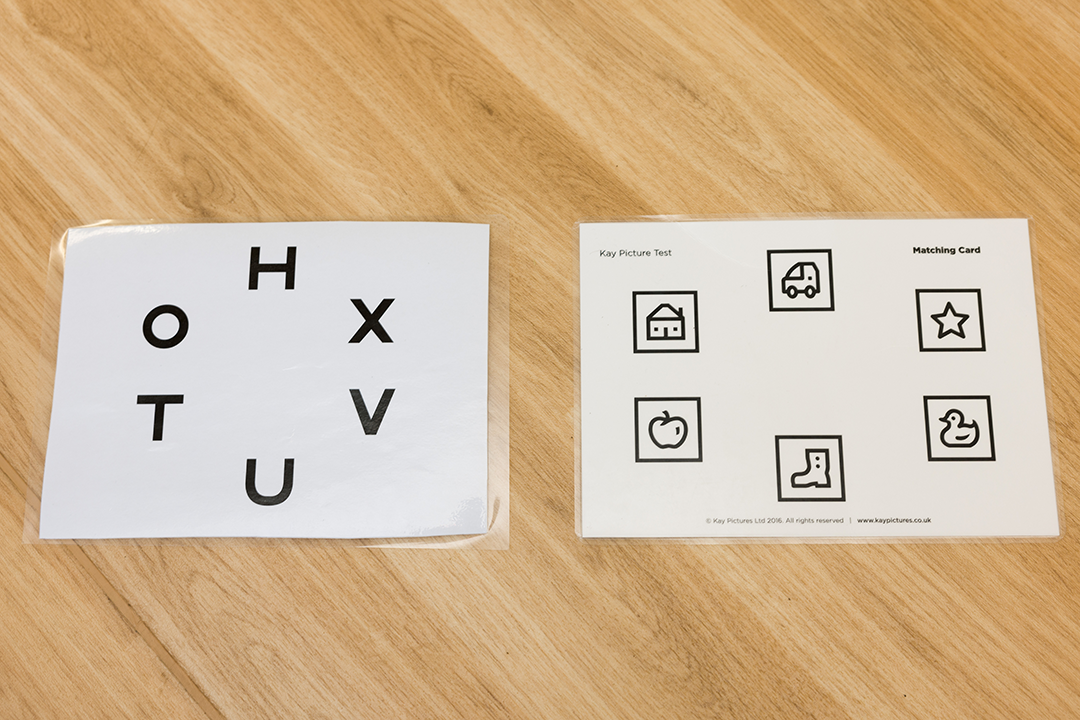Children's vision screening
- 1-5 Years
- 5-11 Years
- Child development and growing up

Vision screening is to test your child's vision. We check to see if they have reduced vision in one or both eyes. We recommend vision screening between 4 to 5 years old. We want to spot any issues with your child's eyes or vision early. This is so we can get the most effective treatment.
Vision screening in school is part of the National Screening Programme and uses an opt out consent system. The test will be done at your child's school. If your child is not at school or is not in school long-term we can make other arrangement.
Explore topics in this page:
The importance of vision screening
Your child's vision is developing from the day they are born until around 8 years old. It can impact their development and learning. This is why we recommend a vision screening between 4 to 5 years old.
Children don't usually complain about bad eyesight or poor vision. This means that their poor vision can be easily missed, especially if it only affects one eye.
Reduced vision is caused by the brain not getting a clear image from one or both eyes. The reasons for reduced vision can include:
- eye shape (astigmatism, long-sightedness and short-sightedness)
- the eye turning in (squint)
- the brain ignoring information from the eye (lazy eye)

What happens during the screening
The screening will take place at school. It's completely safe.
We will assess your child using a letter or picture matching game. Your child doesn't need to know letters to do the test. There are two versions of the test, one with pictures and one with letters.
We have 2 sets of glasses that your child will wear whilst playing the game. They will have one eye blanked out. The orange glasses have the left eye blanked out and the green glasses have the right eye blanked out.
The test is not scary or hard. Children often find the test to be fun.
The vision screening is very short.
We will:
- Talk to your child before starting the test. We will check to see whether they will be using the letter matching game or the picture matching game.
- We will give your child a pair of glasses with one eye blanked out. They will play the letter or picture matching game with these glasses on.
- We will switch the glasses. They will be wearing a pair of glasses with the other eye blanked out. They will play the letter or picture matching game again with the glasses on.
We will then give your child a pair of glasses to wear with one eye is blanked out. They will then play the letter or picture matching game.

Last reviewed: 1 November, 2024

